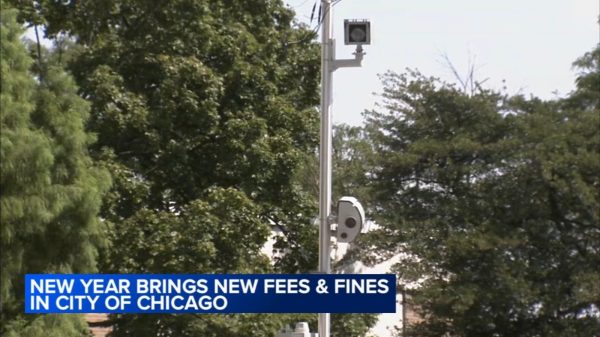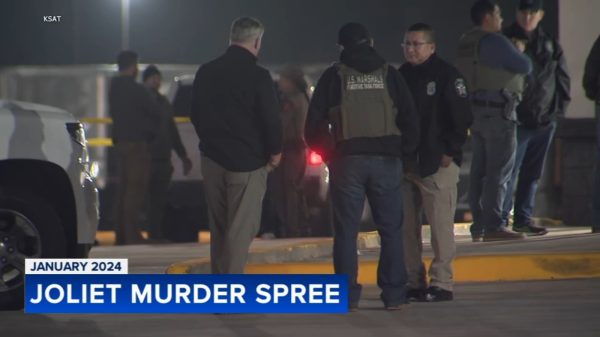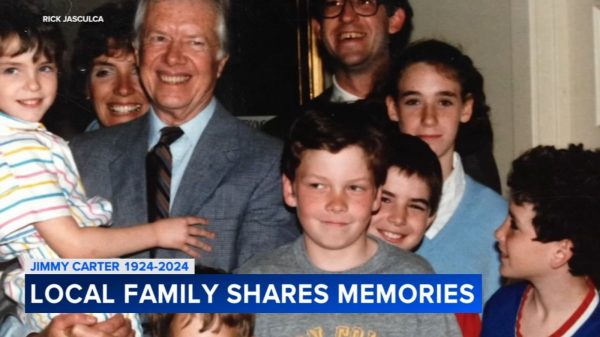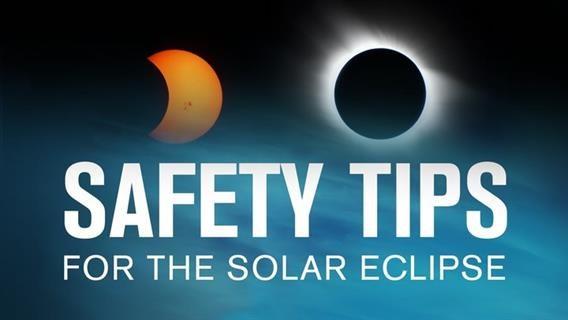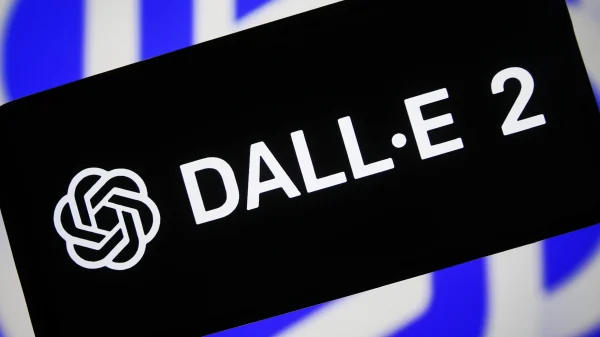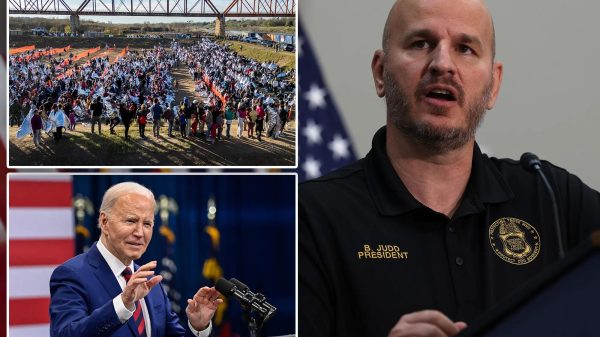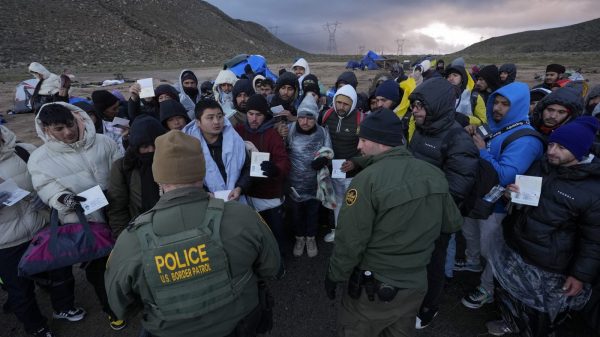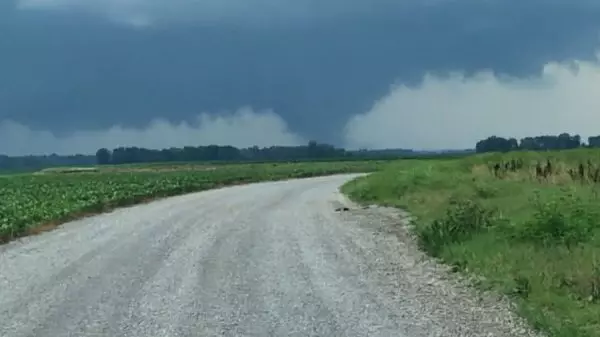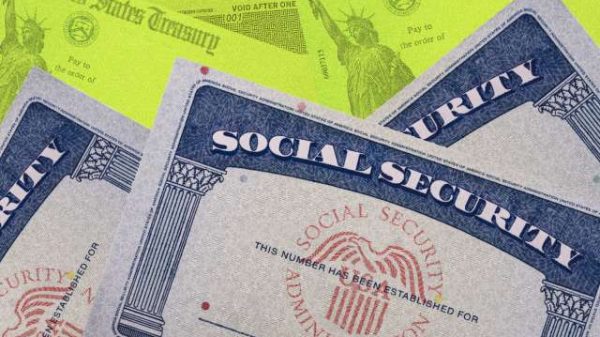
A friend invited Deborah Boardman, a long-term Philadelphia, Pennsylvania resident, to join them for happy hour. A recent surgery was keeping Boardman indoors, and she happily accepted the invitation. She parked on the street next to the curb, close to several other cars.
She noticed a sign limiting parking to three hours. To help remind her, she took a photo of her parked car and walked inside. An hour and a half later, she walked back to her parking spot and discovered her Honda was missing.
Boardman quickly called the police after assuming her car was stolen. A dispatcher said her car was towed away. When she arrived at the lot the next morning, it took hours to get her car back as workers were constantly moving cars.
“There were thousands and thousands of cars, a sea of cars as far as you could see, and a steady flow of tow trucks bringing cars in,” she told CBS.
The tow was for blocking a bike lane that wasn’t there… Yet.
An employee with the towing company told her the reason for the tow was for blocking a bike lane. Boardman didn’t see any signs, painted curbs, or green paint next to the sidewalk.
The photo she took of her car confirmed it. She paid the $300 fine and saw the stretch of sidewalk she parked on painted to carve out a bike lane a few days later.
She contested the ticket, arguing that the lane was “under construction” but she never heard back from the Department of Transportation due to a backlog.
The media’s questioning prompted the agency to dismiss her ticket, though.
Viewers say the incident wasn’t shocking
“This is why I never drive in the city,” wrote a viewer. “The parking authority is notorious for this nonsense.”
Another said it should have been easy to tell she couldn’t park there.
“I know the spot they’re referencing, right by the yards brewery, it is clear that there’s a bike lane and you can’t park there. I’ve never seen the bike lane not marked there, it’s obvious,” they wrote. “The first time I drove by when they put that bike lane in and moved the parking to further in the street it was immediately obvious how it was supposed to work.”
Someone else drew attention to a pattern of problems getting solved once a news crew shows up.
“Why do companies only respond to people when news agencies get involved and start giving them bad press?” they asked.

